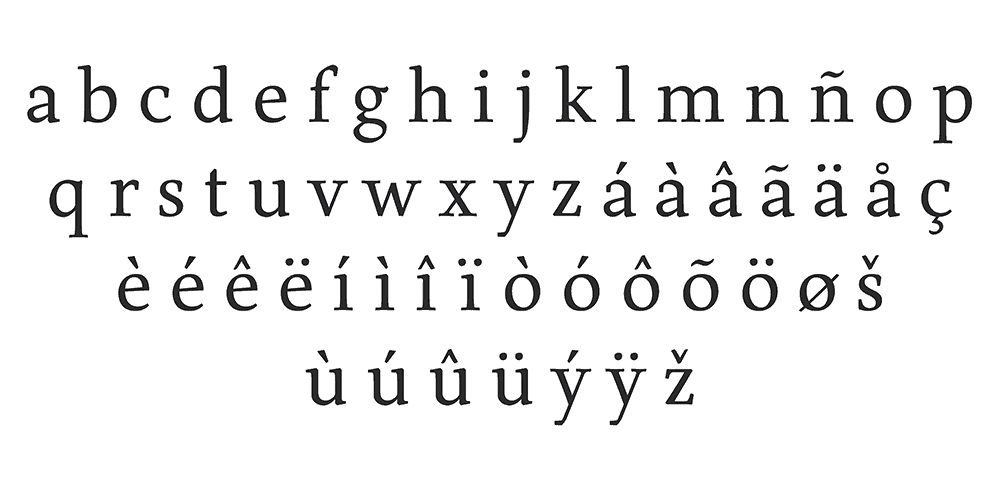

So here are a few guidelines you can use: Some of these traits that are not core to a dyslexia diagnosis are better served through the provision of lower contrast colour schemes or specific colour combinations that support specific visual processing needs. As a result instances of dyslexia in languages like German or Italian are significantly lower than for English or French. It is also worth noting that the occurrence of dyslexia is significantly impacted by the transparency or opaqueness of language. These include Irlen syndrome or visual discomfort (migraines) that affect a significant percentage of the population including people with dyslexia but not exclusive to the condition. There are a number of other cognitive traits or conditions such as letter mirroring which affects people without dyslexia too. It is worth noting at this point that Dyslexia is not a visual but rather a developmental neurological condition that affects the processing of word sound and comprehension.

When these are applied in combination, can inform typeface design or font choices that enable greater legibility, readability and therefore accessibility for people whom either have a learning disability, visual impairment, aphasia or dyslexia, whilst retaining the brand integrity of any organisation’s website or application.

The user groups in the research included people with moderate to severe vision impairment, dyslexia and people who didn’t identify with any related condition and BBC Reith outperformed the typefaces it was benchmarked against Helvetica, Ariel, Gill Sans and Tiresias.Ī byproduct of the research and many rounds of contextual user testing enabled us to identify the following considerations. This not only informed the approach to developing Reith but it also informed the methodologies used when it came to the various rounds of readability testing. This was to help develop an understanding within the team of how different people with different abilities read.

When developing and testing BBC Reith and Qalam, the project team included a neuroscientist, Dr Alessia Nicotra MD, PhD Neurology and Neurophysiology, as an expert advisor. If learning more about the subject is something you would like to explore further, an extensive list of reliable studies and resources are listed at the end of this article. There are some typefaces that claim to be “accessible” for various user groups but are based on little more than hypothesis and anecdote, so check claims before you make a decision. The elements listed below are not the only considerations for typeface accessibility, but they are a foundation to help make informed choices that are based on neuroscience and user data from the formative study. To be truly accessible type has to be designed in combination with the other best practices but without a good choice of typeface things like colour contrast will have limited impact. The type design elements in this article form a baseline for accessibility. Typefaces are the foundation of accessible visual reading experiences, so choosing a performant typeface that enhances legibility and readability for people with poor vision, learning disabilities, aphasia, dyslexia or low adult literacy is of paramount importance if you want your written information to be as accessible as possible.


 0 kommentar(er)
0 kommentar(er)
